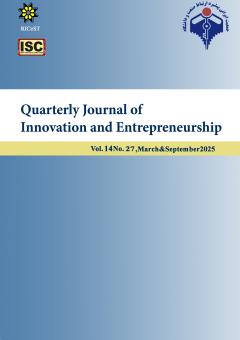Evaluation of The Impact of Corruption on The Profitability of The Iranian Banking System Through Measuring Internal Bank Components
Subject Areas : تخصصی
farshad khaloozadeh
1
![]() ,
mohamad khezri
2
,
mohamad khezri
2
![]() ,
fatemeh zandi
3
,
fatemeh zandi
3
![]()
1 - Ph.D. Candidate, Islamic Economics, Faculty of Economics, South Tehran Branch, Islamic Azad University, Tehran, Iran
2 - Assistant Professor, Faculty of Economics, South Tehran Branch, Islamic Azad University, Tehran, Iran
3 - Assistant Professor, Faculty of Economics, South Tehran Branch, Islamic Azad University, Tehran, Iran
Keywords: Bank Liquidity, Bank Profitability Corruption, Cost Management, Credit Risk,
Abstract :
In this article, the impact of corruption on the profitability of banks in Iran over a ten-year period from 2012 to 2022 is examined. The components under review include bank size, credit risk, cost management, and liquidity. The results indicate that corruption has a significant negative impact on bank profitability through the Return on Assets (ROA) metric, while it does not have a significant impact on the Return on Equity (ROE). Macroeconomic factors such as inflation, economic freedom, and government size also significantly affect the reduction of ROA. The analysis of the models shows that corruption stemming from government structure and unemployment leads to decreased bank profitability. Additionally, liquidity ratio and cost management have a positive and significant relationship with profitability. Consequently, improving regulatory conditions and implementing strict policies to reduce corruption and enhance bank profitability is essential. This study provides empirical evidence on the relationship between corruption and bank profitability and emphasizes the importance of effective oversight
